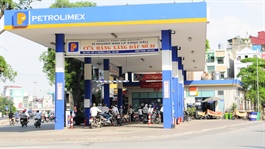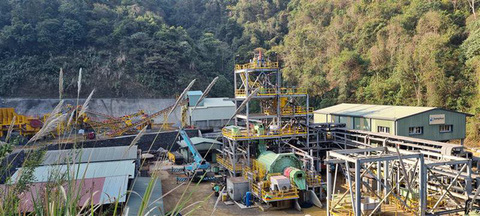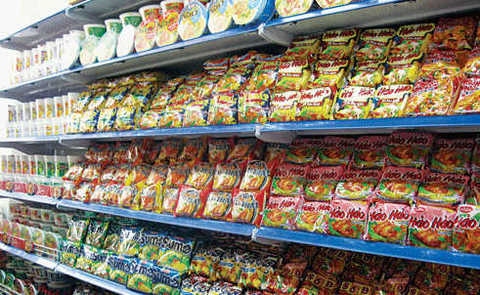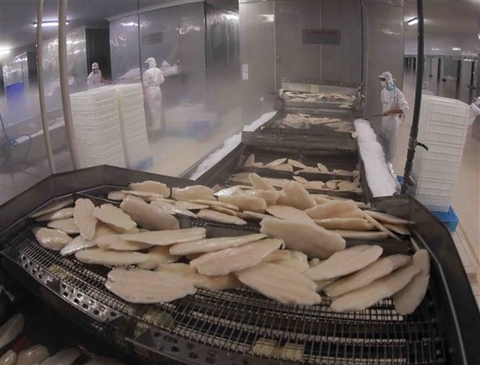Prices of livestock, poultry, eggs in HCM City to increase
Prices of livestock, poultry, eggs in HCM City to increase
The prices of livestock, poultry and eggs in HCM City will increase by 2-12 per cent due to rising domestic gasoline prices, from April 1.
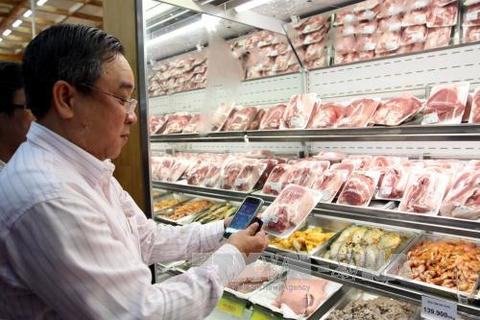
According to the city’s Department of Finance, local businesses have asked that the proposed increase in cattle meat, poultry meat, and eggs be 2-3 per cent, 6-12 per cent, and 6-8 per cent, respectively.
The businesses said transportation costs account for the highest, about 70 per cent of the total costs.
After participating in the city’s price stabilisation programme to keep prices stable and avoid price fluctuations for two months, starting a month before Tet (Lunar New Year), businesses have registered their products and price adjustments.
The city plans to launch this year’s price stabilisation programme in April.
The Department of Finance and other authorised departments and sectors will meet with businesses to agree to keep prices steady and announce them in early April.
Nguyen Nguyen Phuong, deputy director of the city’s Department of Industry and Trade, said the businesses only needed to prove that their input costs increased by 2-5 per cent so they could register price adjustment.
Ly Kim Chi, president of the Food and Foodstuff Association of HCM City (FFA), said the price of production materials and logistics service costs increased, affecting the receipt of new orders from exporting firms.
When the cost of air transportation increases, the price of export costs also increases, reducing the competitiveness of local products, she said.
Recently, the sharp increase in gasoline has caused skyrocketing road and maritime transport costs.
The cost to transport a cargo container of 12-15 tonnes was US$2,400-4,000 but has increased to $11,000-12,000, a three-fold increase.
In addition, the cost of both domestically sourced and imported raw materials has increased by 15-40 per cent compared to before the pandemic.
Other imported materials used in the processing or packaging industries have also increased by more than 30 per cent compared to before the pandemic.



